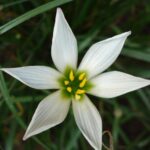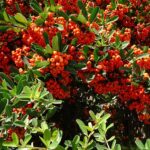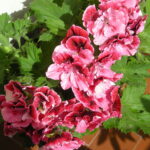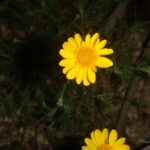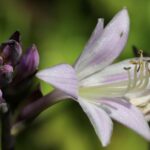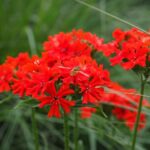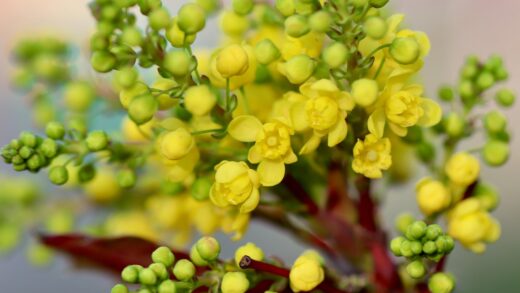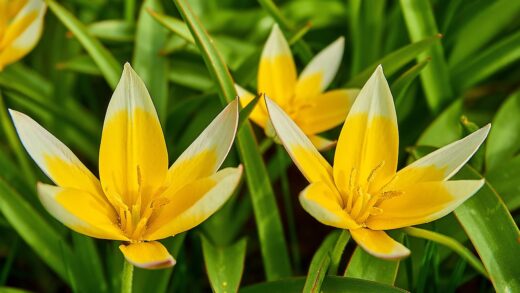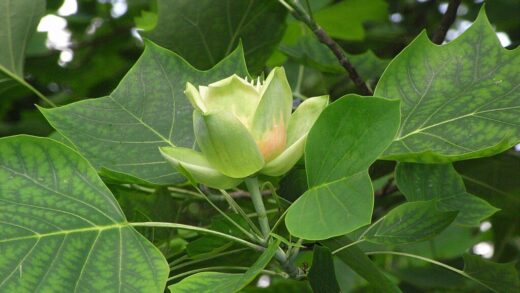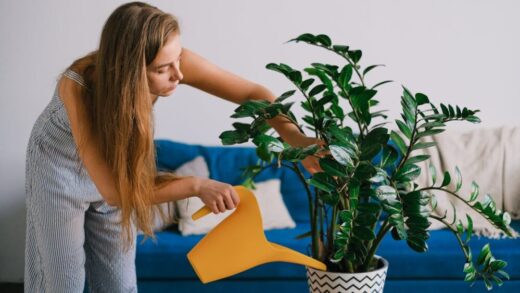The light requirements of the Abyssinian gladiolus

Providing the appropriate amount of sunlight is one of the most fundamental requirements for successfully cultivating the Abyssinian gladiolus. As a plant native to the sun-drenched highlands of East Africa, its entire growth cycle, from the development of strong foliage to the production of its signature fragrant blooms, is driven by exposure to light. Understanding and meeting these light requirements is not merely a suggestion but a prerequisite for a healthy, thriving plant. Insufficient light will lead to a host of problems, including weak, leggy growth and a disappointing lack of flowers, while the right amount of sun exposure will promote robust development and a spectacular floral display. This article will delve into the specific light needs of Gladiolus murielae, exploring the ideal conditions, the consequences of inadequate sunlight, and how to optimize its placement in the garden to ensure it receives the energy it needs to flourish.
The importance of full sun
The Abyssinian gladiolus is unequivocally a sun-loving plant. To achieve its full potential, it requires a position in the garden that receives at least six to eight hours of direct, unfiltered sunlight each day. This significant exposure to sunlight is vital for the process of photosynthesis, by which the plant converts light energy into the chemical energy needed to fuel its growth. This energy is stored and used for all of its metabolic processes, from producing its long, sword-like leaves to, most importantly, developing the tall, elegant spikes laden with flowers. A location in full sun is the single most critical factor in ensuring a prolific blooming season.
When planted in a sun-drenched spot, the Abyssinian gladiolus develops strong, sturdy stems that are better able to support the weight of its flowers. The foliage will be a healthy, vibrant green, efficiently capturing solar energy. This robust growth habit makes the plant more resilient and better equipped to withstand environmental stresses such as wind and rain. Furthermore, ample sunlight encourages the plant to produce a greater number of flower spikes and more individual blooms per spike, resulting in a much more impressive and rewarding display in the late summer and early autumn garden.
Ideal locations in a garden for meeting these requirements are typically south-facing or west-facing beds and borders. These positions receive the most direct and intense sunlight throughout the day. When planning your garden layout, it is important to place the Abyssinian gladiolus where it will not be overshadowed by taller plants, trees, or buildings during its main growing period. Careful site selection before planting is the key to avoiding problems related to insufficient light later in the season.
It is this fundamental need for sun that also dictates its performance. The quantity and quality of the flowers are directly proportional to the amount of sunlight the plant receives. In essence, by providing full sun, you are supplying the essential fuel that the plant needs to perform its ultimate function: to produce the beautiful, star-shaped, fragrant flowers that make it such a sought-after garden specimen. Compromising on this requirement will invariably lead to a compromise in the plant’s performance.
More articles on this topic
Consequences of inadequate light
Placing an Abyssinian gladiolus in a location that provides less than the required six hours of direct sunlight will have several noticeable and detrimental effects on its growth and flowering. The most obvious symptom of insufficient light is weak, etiolated, or “leggy” growth. The plant will stretch and strain to reach for a light source, resulting in unusually long, thin, and floppy stems and leaves. This leggy growth is structurally weak, making the plant highly susceptible to being damaged by wind or even the weight of its own (likely sparse) flowers.
Perhaps the most disappointing consequence of inadequate light is the impact on flowering. A plant grown in partial shade may fail to bloom altogether. The energy derived from photosynthesis is essential for the initiation and development of flower buds. If the plant does not receive enough light to create a surplus of energy beyond what is needed for basic vegetative survival, it will simply not have the resources to enter its reproductive, or flowering, phase. The beautiful floral display that is the primary reason for growing this plant will be completely absent.
Even if a plant in a partially shaded location does manage to produce a few flowers, the display will be a pale imitation of what it could be in full sun. The flower spikes will be shorter, the number of individual blooms will be significantly reduced, and the flowers themselves may be smaller. The vibrant colors of the petals and the distinctive purple blotch in the center may also appear washed out and less intense. The overall visual impact of the plant will be greatly diminished, leading to a sense of disappointment for the gardener.
Furthermore, plants weakened by a lack of sunlight are more susceptible to pests and diseases. The lack of vigor means the plant’s natural defense mechanisms are compromised. The poor air circulation often found in shady, damp corners of the garden can also create a more favorable environment for fungal diseases like rust and powdery mildew to take hold. In every respect, from aesthetics to health, providing insufficient light sets the Abyssinian gladiolus up for failure.
More articles on this topic
Optimizing garden placement
To ensure your Abyssinian gladiolus thrives, careful consideration must be given to its placement within the overall garden design. The best strategy is to observe your garden throughout the day to identify the areas that receive the most prolonged sun exposure. Remember that the path of the sun changes with the seasons, so a spot that is sunny in early spring may become more shaded as the leaves on nearby deciduous trees fill out. You need to assess the light conditions for the summer months when the gladiolus will be in its active growth phase.
Consider the “middle of the border” to be an ideal position for Abyssinian gladiolus. Planting them behind lower-growing perennials and in front of taller shrubs or background plants allows them to rise above their neighbors in late summer to display their blooms. This placement ensures their leaves and stems receive ample sunlight while their “feet” or the base of the plant can be shaded by surrounding plants, which helps to keep the soil cool and moist. This mimics how plants often grow in natural communities.
When planting in groups, which is highly recommended for the best visual effect, ensure you maintain proper spacing between the corms. This spacing is not just for access to soil nutrients and water, but also for access to light. If planted too densely, the plants will shade each other, and the ones in the center of the clump may not receive enough light, leading to weaker growth. Proper spacing allows sunlight to penetrate the entire cluster, ensuring that all plants in the group grow strong and flower well.
If you do not have a location in your garden that provides the requisite six to eight hours of direct sun, consider growing Abyssinian gladiolus in containers. This provides the ultimate flexibility, as you can move the pot around your patio, deck, or garden to “chase the sun” as its position changes throughout the day. Container cultivation allows you to provide the ideal light conditions for the plant, even in a garden that is, on the whole, quite shady, ensuring you can still enjoy its spectacular and fragrant late-season display.
📷 Flickr / Szerző: Stefano / Licence: CC BY-NC-SA 2.0








